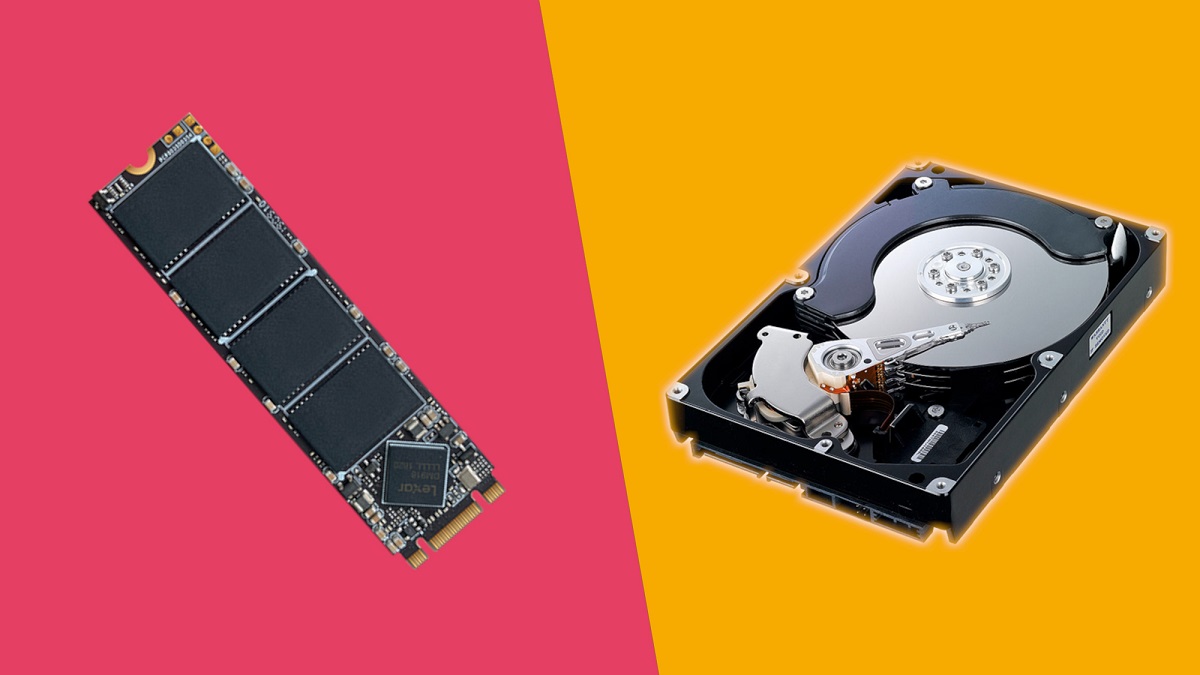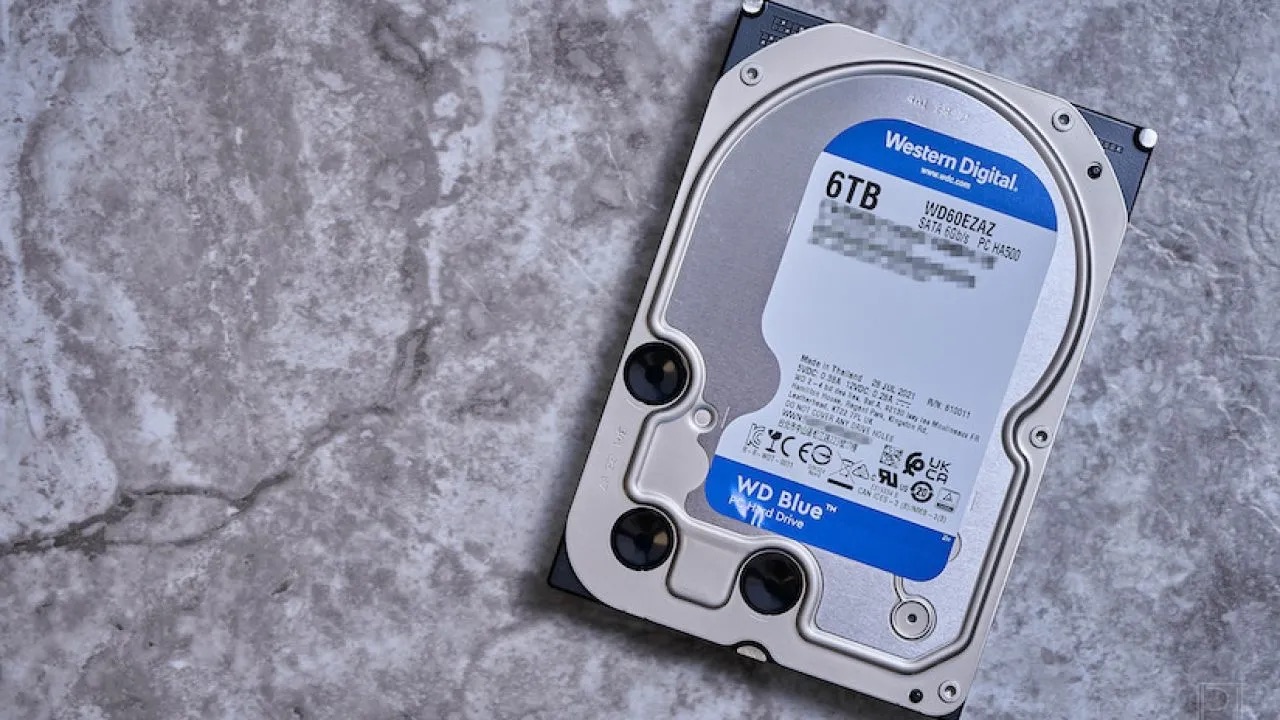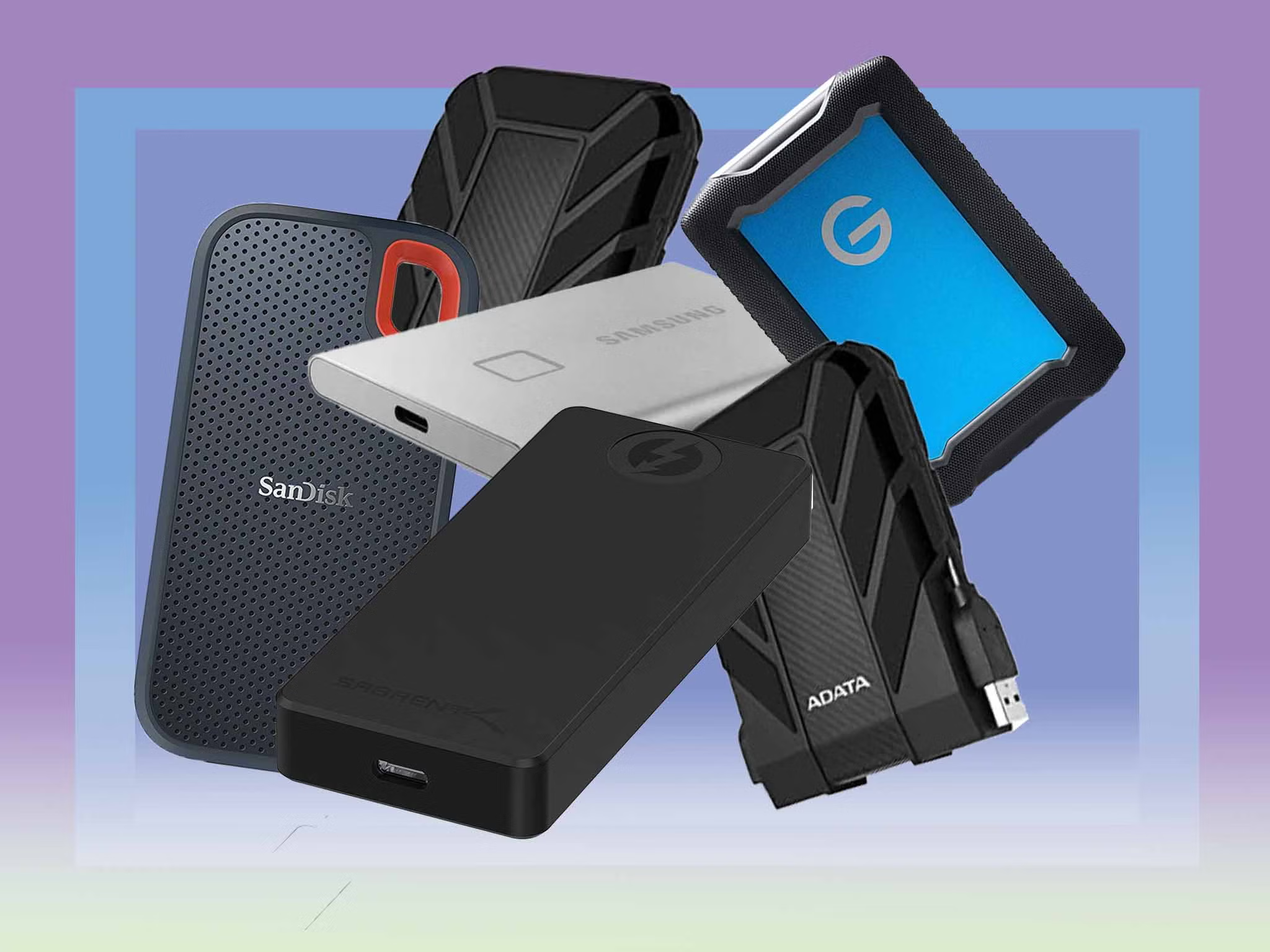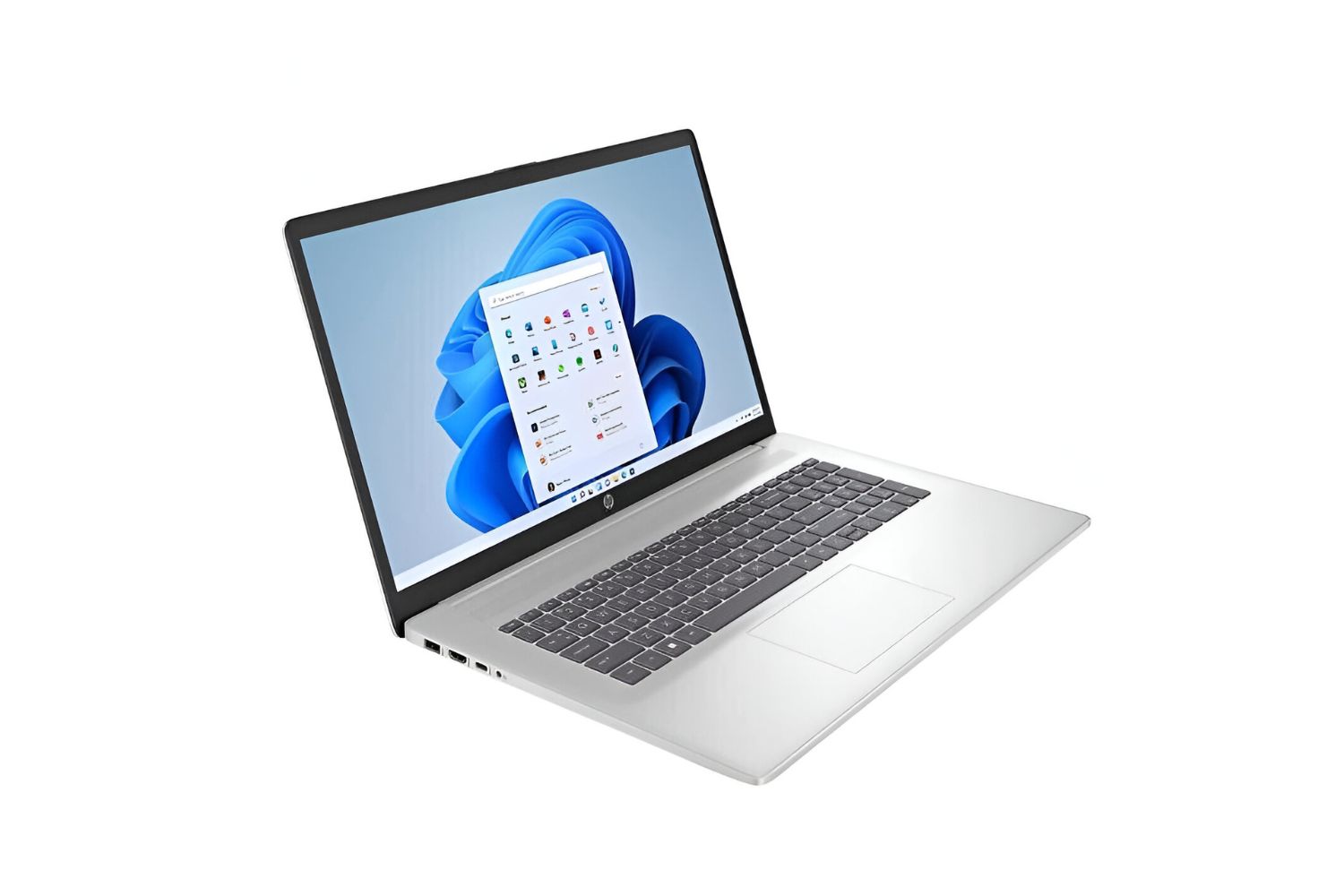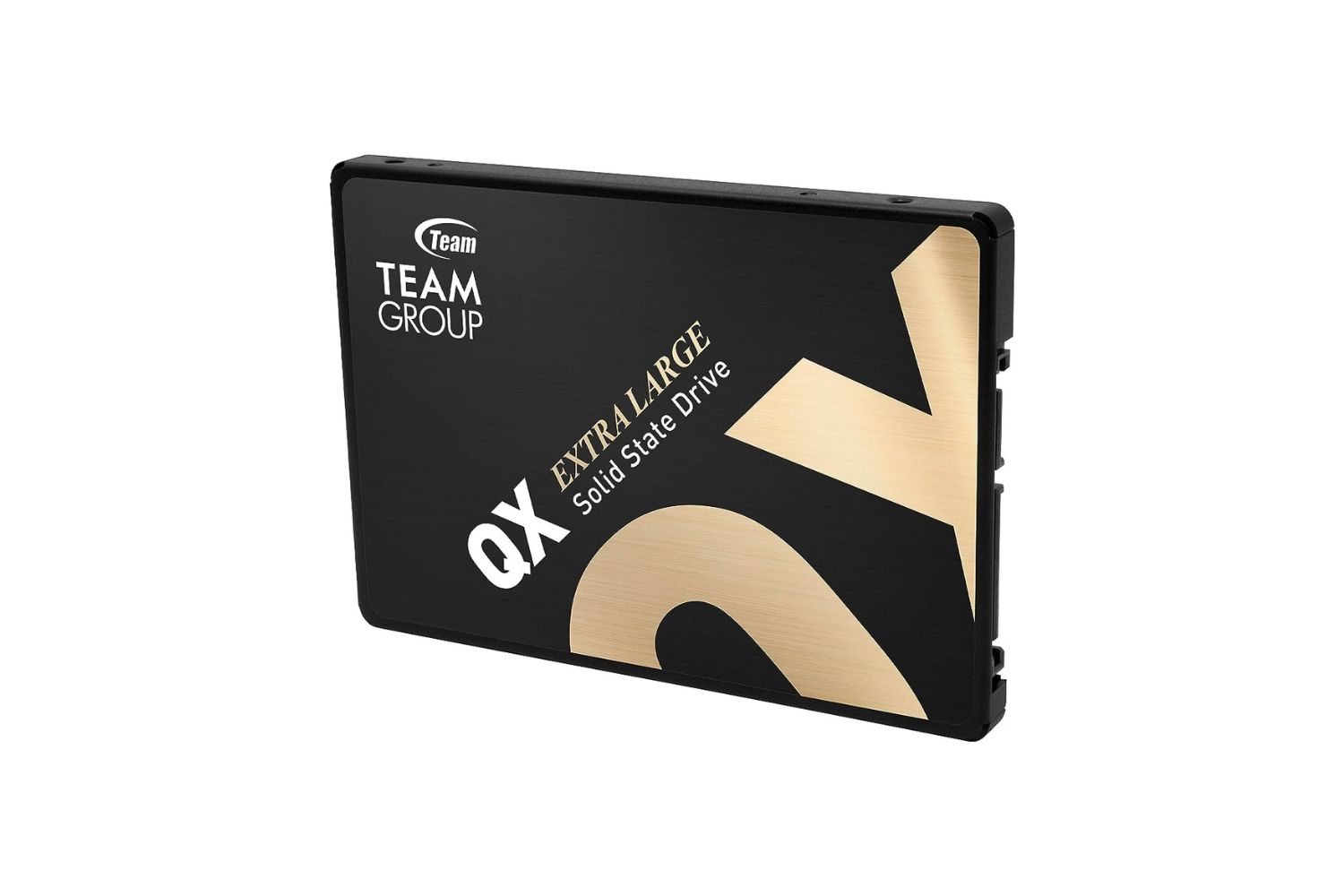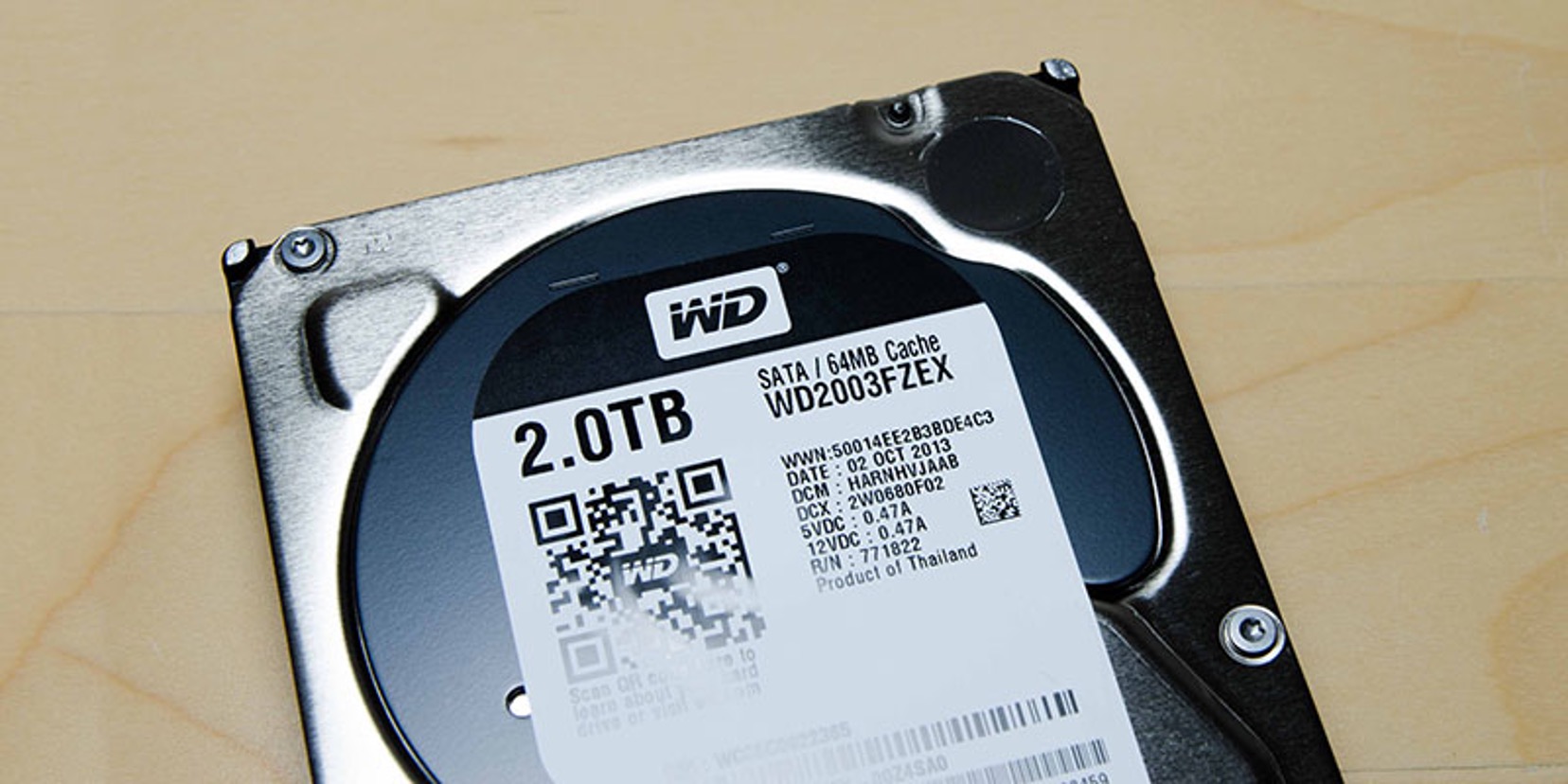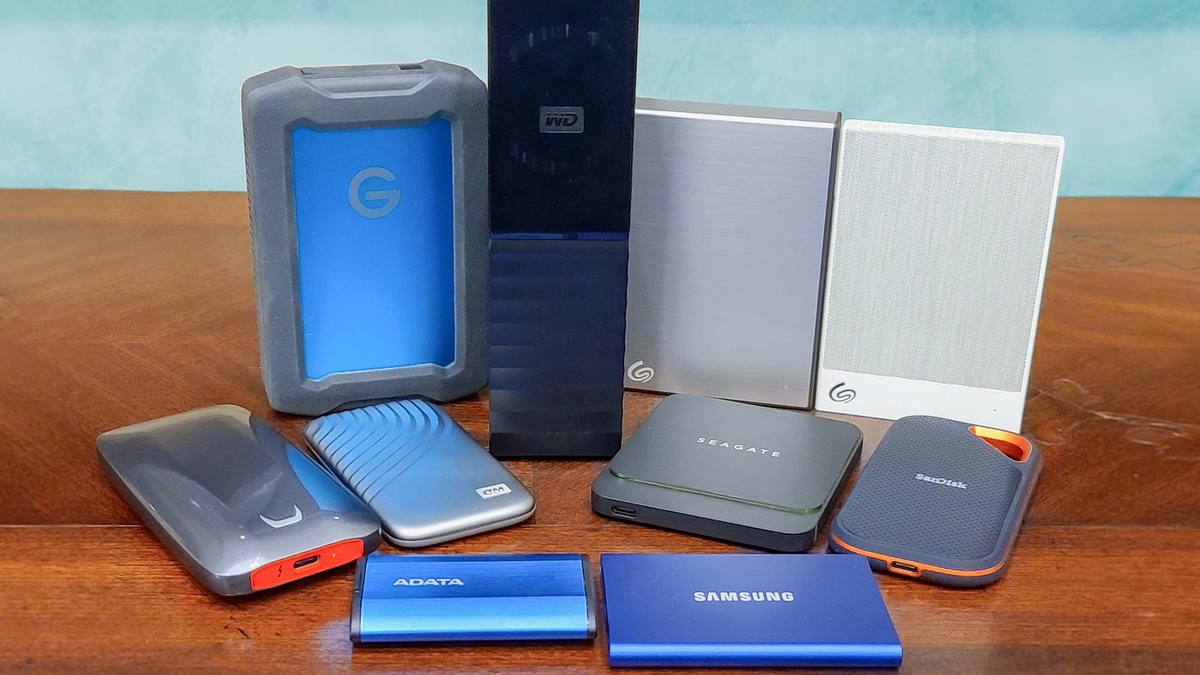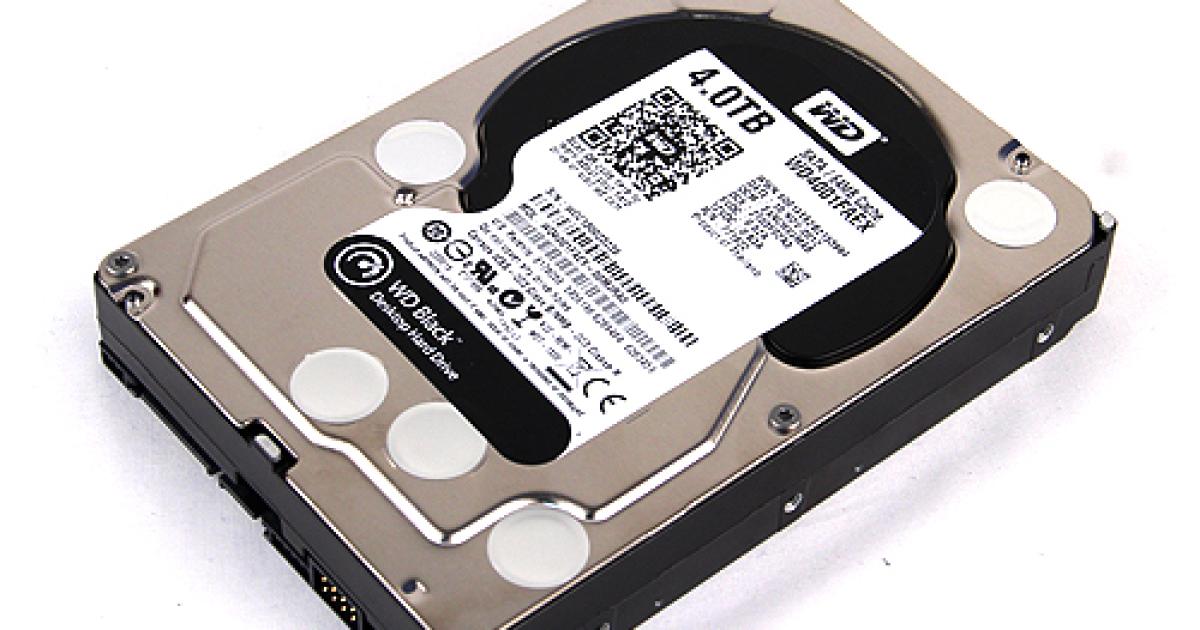Introduction
When it comes to storage solutions for computers, solid-state drives (SSDs) and 7200 RPM hard drives have become popular choices among users. The performance and speed of these two storage devices are often compared, as they play a crucial role in the overall system performance. But just how much faster is an SSD than a 7200 RPM hard drive?
The answer is not as straightforward as one might expect. Both SSDs and 7200 RPM hard drives have their own unique advantages and trade-offs, which we will explore in detail in this article. Understanding the differences between these two options can help you make an informed decision when it comes to upgrading or purchasing a new storage device for your computer system.
In this article, we will delve into the technical aspects of SSDs and 7200 RPM hard drives, discuss the differences between them, and provide a comprehensive speed comparison. We will also explore the factors that affect the speed difference between the two types of storage devices and highlight the benefits of using an SSD over a 7200 RPM hard drive.
By the end of this article, you will have a clearer understanding of whether upgrading to an SSD is worth the investment and how much of a performance boost you can expect compared to a 7200 RPM hard drive. So, let’s dive in and explore the world of SSDs and 7200 RPM hard drives.
What is an SSD?
A solid-state drive (SSD) is a type of storage device that uses flash memory to store and retrieve data. Unlike traditional hard drives, which consist of spinning disks and magnetic heads, SSDs have no moving parts. This design eliminates the mechanical limitations of traditional hard drives, resulting in faster data access and transfer speeds.
SSDs are constructed with NAND flash memory chips, which store data in electrical cells. These memory cells can be read from and written to at high speeds, resulting in significantly faster performance compared to traditional hard drives. This makes SSDs ideal for tasks that require quick data access, such as booting up the operating system, launching applications, and loading files.
Another advantage of SSDs is their durability. Since they have no moving parts, they are less susceptible to physical damage caused by shock, vibration, or drops. This makes SSDs better suited for portable devices like laptops, where durability is a crucial factor. Additionally, SSDs consume less power than traditional hard drives, contributing to longer battery life in laptops and other portable devices.
Over the years, SSD technology has evolved rapidly, with advancements in NAND flash memory and controller designs. Modern SSDs now offer larger storage capacities and even faster speeds, further improving their performance and reliability. With the advent of PCIe-based SSDs and NVMe (Non-Volatile Memory Express) technology, the data transfer speeds have reached new heights, allowing for seamless multitasking and smoother overall system performance.
In terms of form factor, SSDs come in various sizes to accommodate different devices. The most common form factor is 2.5 inches, which is compatible with most laptops and desktops. Additionally, smaller SSDs in the M.2 form factor are becoming increasingly popular in ultrabooks and compact desktop systems due to their small size and high-speed connectivity.
Overall, SSDs provide a significant performance boost compared to traditional hard drives, offering faster data access, quicker boot times, and improved system responsiveness. As the cost of SSDs continues to decrease and their capacities increase, they have become a preferred choice for both casual users and professionals seeking enhanced performance and reliability from their storage devices.
What is a 7200 RPM Hard Drive?
A 7200 RPM hard drive is a type of mechanical hard drive that uses rotating disks, known as platters, to store and retrieve data. The term “7200 RPM” refers to the rotational speed of the platters, which is measured in revolutions per minute. This speed indicates how quickly the platters spin, affecting the read and write speeds of the hard drive.
Traditional 7200 RPM hard drives consist of multiple platters stacked on a spindle, with read/write heads that move back and forth across the platters to access data. The data is stored in magnetic form on the platters, and the heads magnetically read and write data as the platters spin at a constant speed.
7200 RPM hard drives offer a balance between speed and storage capacity. They are commonly found in desktop computers, external storage devices, and certain enterprise-level servers. These hard drives often have larger storage capacities, ranging from a few hundred gigabytes to several terabytes, making them suitable for storing large amounts of data like multimedia files, documents, and software installations.
Compared to SSDs, 7200 RPM hard drives have slower data access and transfer speeds. The mechanical nature of these drives introduces latency in retrieving data, as the read/write heads have to physically seek the correct location on the platters. This can result in longer loading times for applications, slower boot times, and reduced overall system responsiveness.
However, 7200 RPM hard drives have their own advantages. They tend to be more cost-effective compared to SSDs, offering higher storage capacities at a lower price per gigabyte. This makes them popular among users who require a large amount of storage space on a budget. Additionally, 7200 RPM hard drives are often more readily available and compatible with a wider range of devices, making them a versatile option for various computing needs.
It’s worth noting that there are also slower hard drives, such as 5400 RPM drives, which offer even larger storage capacities but at the expense of slower performance. On the other hand, high-performance hard drives like 10,000 RPM or 15,000 RPM drives exist, but they are less common and typically used in specialized server environments that prioritize speed over capacity.
In summary, 7200 RPM hard drives are mechanical storage devices that use spinning platters to store and retrieve data. While they offer larger storage capacities and cost-effectiveness, they are slower compared to SSDs, resulting in longer load times and reduced system responsiveness. Understanding the differences between 7200 RPM hard drives and SSDs can help you choose the right storage solution for your specific needs and budget.
The Differences between SSD and 7200 RPM Hard Drive
SSDs and 7200 RPM hard drives are storage devices with distinct differences that impact their performance, reliability, and overall user experience. Here, we will explore the key differences between these two storage options.
One of the major differences is the technology used to store and access data. SSDs utilize flash memory, which allows for faster data access and transfer speeds due to the absence of moving parts. On the other hand, 7200 RPM hard drives rely on mechanical components, such as spinning platters and read/write heads, which introduces higher latency and slower performance.
The speed difference between SSDs and 7200 RPM hard drives is significant. SSDs can deliver sequential read and write speeds that are several times faster than traditional hard drives. This results in quicker boot times, faster application loading, and smooth multitasking capabilities.
Another key difference is durability. Since SSDs have no moving parts, they are more resistant to shock, vibration, and physical damage compared to 7200 RPM hard drives. This makes SSDs an ideal choice for portable devices, where durability is crucial.
Storage capacity is also a differentiating factor. While SSDs offer smaller capacities compared to 7200 RPM hard drives, advancements in technology have allowed SSDs to reach higher capacities in recent years. However, if you require large amounts of storage space at an affordable price, 7200 RPM hard drives still offer a cost-effective solution.
Power consumption is another area where SSDs outperform 7200 RPM hard drives. SSDs consume less power, contributing to longer battery life in laptops and decreased energy consumption overall. This makes them a suitable choice for users who prioritize energy efficiency.
The pricing is where a significant distinction lies between SSDs and 7200 RPM hard drives. SSDs tend to be more expensive per gigabyte of storage compared to traditional hard drives. However, with advancing technology and increased market adoption, the price difference has been narrowing, making SSDs more accessible to a wider range of users.
In summary, the key differences between SSDs and 7200 RPM hard drives can be summarized as follows:
- Storage technology: SSDs use flash memory, while 7200 RPM hard drives use mechanical components.
- Speed: SSDs offer faster data access and transfer speeds compared to 7200 RPM hard drives.
- Durability: SSDs are more resistant to physical damage due to their lack of moving parts.
- Storage capacity: When it comes to larger capacities, 7200 RPM hard drives still provide more cost-effective options.
- Power consumption: SSDs consume less power, leading to increased energy efficiency and longer battery life.
- Pricing: SSDs tend to be more expensive compared to traditional hard drives, but the price gap has been closing over time.
Speed Comparison: SSD vs 7200 RPM Hard Drive
When it comes to speed, SSDs have a significant advantage over 7200 RPM hard drives. The performance difference between the two storage options can be attributed to their respective technologies and designs.
SSDs, with their flash memory-based architecture, offer faster data access and transfer speeds compared to 7200 RPM hard drives. The absence of moving parts in SSDs eliminates the mechanical limitations that plague traditional hard drives. As a result, SSDs can deliver seamless multitasking, quicker application load times, and faster system responsiveness.
Sequential read and write speeds are where SSDs truly shine. They can achieve read and write speeds of several hundred megabytes per second, or even reach gigabyte-level speeds on high-end models. This allows for lightning-fast file transfers, smoother video streaming, and improved gaming performance.
On the other hand, 7200 RPM hard drives have slower data access and transfer speeds due to their mechanical nature. The read/write heads need to physically seek the desired locations on the spinning platters, introducing latency and reducing overall performance. This leads to longer load times for applications, slower boot times, and less responsive system performance, especially when compared to SSDs.
To put it into perspective, a typical 7200 RPM hard drive may have an average sequential read and write speed of around 150 MB/s, although higher-performance models can reach speeds of up to 200 MB/s. While this is still sufficient for general computing tasks and traditional storage needs, it pales in comparison to the speeds offered by SSDs.
It’s important to note that while SSDs offer exceptional speed performance, their performance can vary depending on the specific model, manufacturer, and even the type of data being accessed or transferred. Factors such as the drive’s firmware, controller technology, and the NAND flash memory used can also impact speed. Thus, it’s always advisable to do thorough research and read reviews before selecting an SSD to ensure it meets your desired speed requirements.
In summary, the speed comparison between SSDs and 7200 RPM hard drives clearly favors SSDs. Their flash memory-based design and lack of moving parts allow them to achieve significantly faster data access and transfer speeds. SSDs excel in delivering quick boot times, seamless multitasking, and overall smoother system performance, making them an excellent choice for users who require optimal speed and responsiveness from their storage device.
Factors That Affect Speed Difference
While SSDs generally offer faster speeds compared to 7200 RPM hard drives, there are several factors that can influence the speed difference between these storage options. It is important to consider these factors when assessing the performance of SSDs and 7200 RPM hard drives.
One factor that affects the speed difference is the specific model and brand of the SSD or 7200 RPM hard drive. Different manufacturers may use varying technologies, firmware, and controller designs, resulting in variations in performance. It’s crucial to research and choose a reputable brand known for producing high-quality and reliable storage devices.
The type of NAND flash memory used in an SSD can also impact its speed. SLC (Single-Level Cell), MLC (Multi-Level Cell), and TLC (Triple-Level Cell) are the common types of flash memory. SLC provides the fastest speeds, but it’s more expensive and offers lower storage capacity. MLC strikes a balance between speed and cost, while TLC focuses on affordability but sacrifices some speed. Therefore, the choice of NAND flash memory can influence the overall performance of an SSD.
Another important factor is the interface through which the SSD or 7200 RPM hard drive connects to the computer. SSDs that use the SATA (Serial ATA) interface, particularly the SATA III (6.0 Gbps) specification, can take full advantage of the faster transfer speeds offered by the interface. However, newer SSDs with PCIe (Peripheral Component Interconnect Express) and NVMe (Non-Volatile Memory Express) interfaces can deliver even higher speeds, especially when paired with a compatible motherboard.
Additionally, the workload and type of data being accessed or transferred can affect the speed difference between SSDs and 7200 RPM hard drives. SSDs excel at random read and write operations, making them ideal for tasks that involve frequent small-sized data retrievals, like booting up the operating system or launching applications. On the other hand, 7200 RPM hard drives may exhibit better performance for transferring large files sequentially.
It’s worth mentioning that the age and overall health of the storage device can also impact speed. As SSDs undergo multiple write cycles, they may experience performance degradation over time. Trim support, wear leveling algorithms, and over-provisioning can help mitigate this issue. Similarly, mechanical wear and tear can affect the overall performance of 7200 RPM hard drives.
In summary, several factors play a role in the speed difference between SSDs and 7200 RPM hard drives. These factors include the specific model and brand, the type of NAND flash memory, the interface, the workload, and the health of the storage device. Understanding these factors can help users make informed decisions when choosing a storage device that aligns with their speed and performance requirements.
Benefits of Using an SSD over a 7200 RPM Hard Drive
Using a solid-state drive (SSD) instead of a 7200 RPM hard drive offers several advantages that enhance overall system performance and user experience. Let’s explore the benefits of using an SSD over a traditional hard drive in more detail:
1. Faster Speed: The most notable benefit of an SSD is its significantly faster speed compared to a 7200 RPM hard drive. SSDs have faster data access and transfer speeds, resulting in quicker boot times, faster application loading, and improved overall system responsiveness. Performing tasks such as copying files, opening large documents, and launching games is noticeably faster with an SSD.
2. Improved Multitasking: SSDs excel at handling multiple tasks simultaneously due to their fast read and write speeds. This means that users can seamlessly switch between applications, open multiple programs, and perform resource-intensive tasks without experiencing significant delays or system lag.
3. Enhanced Reliability: SSDs do not have moving parts like 7200 RPM hard drives, making them less prone to mechanical failure. The absence of moving components also makes SSDs more resistant to shocks and vibrations, making them ideal for portable devices. This increased reliability translates to reduced data loss and fewer instances of system failures.
4. Energy Efficiency: SSDs are more power-efficient compared to 7200 RPM hard drives. With no spinning disks or moving parts to consume energy, SSDs require less power to operate. This not only leads to lower electricity bills but also contributes to longer battery life in laptops and other portable devices, allowing for extended usage on the go.
5. No Noise: Since SSDs have no mechanical components, they operate silently. With no spinning platters or moving read/write heads, SSDs eliminate the noise produced by traditional hard drives. This creates a quieter computing environment, enhancing the overall user experience.
6. Compact Form Factor: SSDs are available in smaller form factors, such as M.2, which take up less space inside a computer system. This makes them an ideal choice for small form factor devices like ultrabooks and compact desktop systems, where space is at a premium.
7. Improved Boot and Application Load Times: SSDs significantly reduce boot times, allowing the computer to start up quickly. Additionally, applications installed on an SSD load much faster, allowing users to access their favorite programs without delay. This not only saves time but also enhances productivity.
8. Longer Lifespan: SSDs tend to have a longer lifespan compared to 7200 RPM hard drives. With no mechanical parts to wear out over time, SSDs can withstand a higher number of read and write cycles. This makes them a durable and long-lasting storage solution.
In summary, using an SSD brings numerous benefits over a 7200 RPM hard drive, including faster speed, improved multitasking capabilities, enhanced reliability, energy efficiency, silent operation, compact form factor, improved boot and application load times, and a longer lifespan. These advantages make SSDs an excellent choice for users seeking optimal performance and overall system responsiveness from their storage device.
Conclusion
In the battle between solid-state drives (SSDs) and 7200 RPM hard drives, SSDs emerge as the clear winner in terms of speed, performance, and overall user experience. They offer blazing-fast data access and transfer speeds, resulting in quicker boot times, faster application loading, and improved system responsiveness. The absence of moving parts in SSDs not only contributes to their speed but also enhances their reliability and durability, making them ideal for both desktop and portable devices.
While SSDs tend to be more expensive per gigabyte compared to 7200 RPM hard drives, advancements in technology and increasing market adoption have made them more affordable and accessible to a wider range of users. Choosing an SSD brings benefits such as improved multitasking, enhanced energy efficiency, noiseless operation, and a longer lifespan.
However, it’s important to note that 7200 RPM hard drives still have their merits. They provide cost-effective storage solutions for users who require larger capacities without compromising performance for certain tasks like sequential file transfers. Additionally, they have wider compatibility and availability in various devices.
Ultimately, the choice between an SSD and a 7200 RPM hard drive depends on your specific needs, budget, and usage patterns. If you prioritize speed, reliability, and overall system responsiveness, investing in an SSD is a wise decision. On the other hand, if you require significant storage space at a more affordable price, a 7200 RPM hard drive may still be a viable option.
Regardless of your choice, both SSDs and 7200 RPM hard drives have their place in the world of storage solutions. It’s important to consider your requirements, research the available options, and choose the storage device that best suits your needs. Whether you opt for the blazing speed of an SSD or the cost-effective storage capacity of a traditional hard drive, upgrading from a traditional hard drive to any form of SSD is a step towards a faster, more efficient, and more enjoyable computing experience.







